As a driving coach who’s spent 12+ years riding shotgun with learners and pros, here’s the short answer: commentary driving is you saying out loud what you see, what you think, and what you plan to do while driving. It’s a “running commentary” that boosts situational awareness, builds defensive driving habits, and sharpens hazard perception. If you’re wondering what is commentary driving, that’s it—talk through the drive so your brain stays ahead of the car. I’ve used it with teenagers, anxious adults, and the guy who thought mirrors were “suggestions.”
What Commentary Driving Looks Like in Action
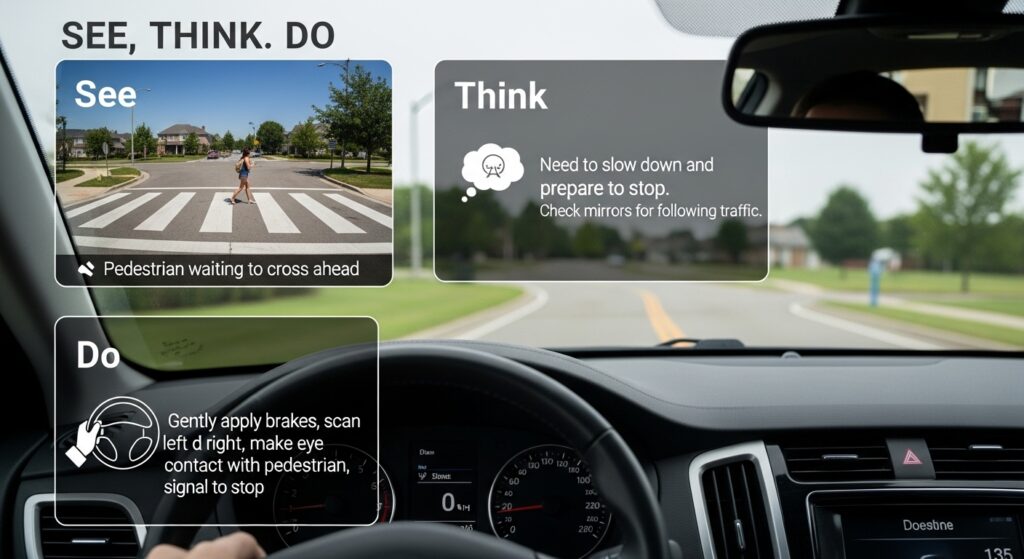
- I spot: “Blue SUV drifting left. Ped crossing near bus stop. Van tailgating.”
- I predict: “SUV might merge without signaling. Ped may step out. Van could pressure me.”
- I decide: “Hold lane, add space. Cover brake near crossing. Keep steady speed.”
- I do: “Mirror. Signal. Change if safe. Then check rear again.”
If you want the formal roots, the idea lives inside Roadcraft, the system used by advanced drivers in the UK. But I keep it simple: see it, say it, sort it.
Why Commentary Driving Works (and Why Your Brain Likes It)
- Talking reduces guesswork: Saying things out loud frees working memory. You’re less likely to miss that cyclist in your blind spot.
- Early warning system: You spot patterns before they bite—like parked cars with warm brake lights or wheels turned toward traffic.
- Consistency: It forces a routine: mirrors, speed, space, escape route. Every. Single. Time.
I often compare it to sports. Good play-by-play calls the move before it happens. That’s how I coach drivers: describe the road in advance, not after the mess. If you’re into broadcast nerdiness like me, you’ll vibe with this angle from live commentary.
Commentary Driving and Defensive Driving
It also fits the bigger umbrella of defensive driving. Defensive doesn’t mean slow; it means ready. I’d rather be boring and safe than “exciting” in a crash report.
And just like a good post-match breakdown, I teach drivers to review their own choices. Why did you brake late there? Why did you miss that sign? Real talk helps. This is the same vibe as proper match analysis—learn the patterns so you don’t repeat the dumb stuff.
How to Start Commentary Driving (Step-by-Step for Beginners)
- 30-second bursts: Don’t narrate for an hour. Do short segments: leaving the driveway, entering a roundabout, overtaking a cyclist.
- Use three prompts: “I see… I think… I will…” That’s it. Keep it child-simple.
- Mirror routines: Say “center, left, right” before lane changes and turns. Silly? Yes. Effective? Also yes.
- Space and escape: Always name your gap and your exit: “Two-second gap. If the truck brakes, I move left.”
New to spotting threats? Read up on hazard perception. Or just drive behind me in city traffic at 5 p.m. You’ll learn fast. Painfully fast.
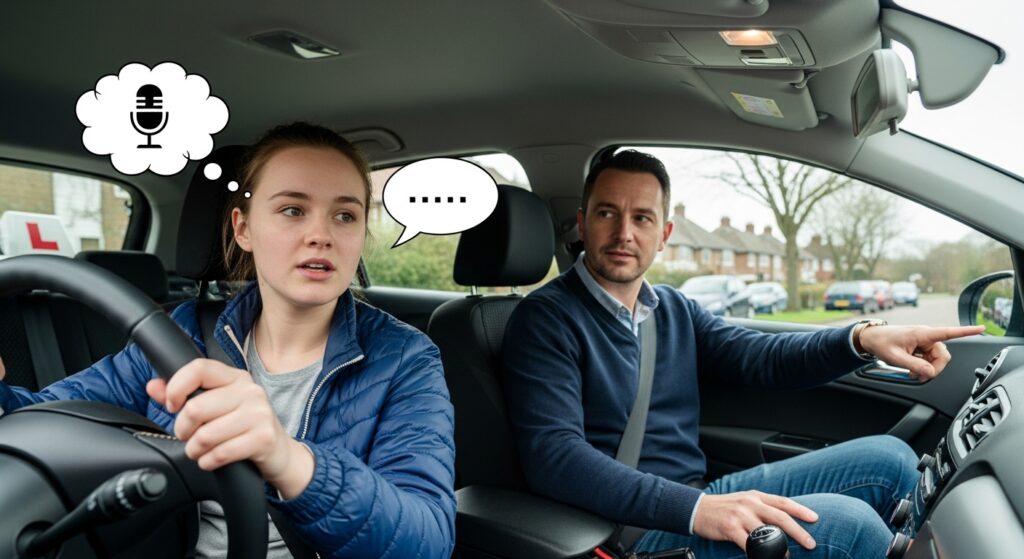
If your brain likes chaos (mine does), think of commentary as your way to bring order—like casters trying to keep up with a wild esports match. That energy’s captured well here on esports live coverage. I steal that mindset: quick, clear, a beat ahead.
Sample Commentary Driving Scripts (Real Examples)
- Approaching intersections: “Cross traffic clear, pedestrian near curb, cover brake, 20 mph, ready to stop.”
- Changing lanes: “Mirror-center, mirror-side, shoulder check, signal, maintain speed, smooth move, cancel signal.”
- Roundabouts: “Yield line ahead, car from right, I wait, gap after red hatchback, go, exit third, signal now.”
- Night driving: “Limit speed to headlight range, watch for eye-shine, dim high beams for oncoming.”
Table: What I say vs. why I say it
| Scenario | Sample Commentary | Purpose |
|---|---|---|
| Urban stop-and-go | “Bus signaling out, leave gap, bike in mirror, cover brake.” | Create space, predict merges, protect the cyclist. |
| Open highway | “Left lane clear in 5 seconds, truck drifting right, pass with steady throttle.” | Time the overtake, avoid blind spots, stay smooth. |
| Rainy night | “Aquaplaning risk, gentle inputs, double gap, use wiper timing to spot lines.” | Reduce risk, improve visibility, keep traction. |
| Roundabout entry | “Blue Mini at 2 o’clock, no gap yet, wait, go after van, exit second.” | Right-of-way discipline, clean merge, clear exit. |
| Emergency vehicle behind | “Ambulance approaching, signal, pull left when safe after junction, rejoin.” | Legal, predictable, safe path for responders. |
I fold this into normal driver’s education lessons. Students call it “talking to the car.” Fine. As long as the car listens.
Commentary Driving in Culture and Coaching
But commentary isn’t all serious. There’s culture in it—how we talk about roads, risk, and that one roundabout everyone hates. If you enjoy tiny rituals and superstitions (lucky parking spots, anyone?), you’ll appreciate the vibe in matchday culture. Same humans, different arena.
Common Commentary Driving Mistakes (and How to Fix Them)
- Describing but not predicting: “There’s a car.” Cool. What will it do? Say it.
- Monotone mumbling: If your commentary bores you, it won’t help you. Be sharp, not Shakespeare.
- Over-talking: Silence is fine. If nothing is changing, breathe. Scan. Reset.
- Missing the rules: Commentary doesn’t replace the law. Know your stuff—yes, that means the Highway Code.
- Gaming the test: Examiners smell fake commentary. Keep it natural and useful.
After a few weeks, you’ll notice patterns—who merges late, which lanes flow, where eyes need to be. I even rank my regular routes by “surprise level,” the way fans argue about team rankings. Spoiler: school runs at 3 pm are S-tier chaos.
Quick Wins and Mini How-Tos
City driving in three lines
- “Door zone on right, cyclist ahead, taxi may stop—hold left, cover brake.”
- “Ped at corner, watching phone, I slow early, make eye contact.”
- “Light stale green, I prep to stop, rear safe, smooth brake.”
Highway merge script
- “Speed match, choose gap behind white sedan, mirror, shoulder check, signal.”
- “Hold throttle, merge without braking, cancel signal, re-scan.”
Roundabout sanity check
- “Who’s right? The one on the right. No gap? Wait.”
- “Name the exit before you enter. No guessing mid-circle.”
When to speak vs. when to shut up
- Speak: approaching hazards, changes in speed, entering intersections, passing parked cars.
- Quiet: steady, empty road with nothing changing. Just scan every 8–10 seconds.
Is Commentary Driving Only for Learners?

Nope. I use it myself on new routes or in bad weather. I also use soft, inside-my-head commentary on easy drives. In my experience, even pros slip without it—like a striker who stops warming up. If you know, you know.
How to Sound Natural While Using Commentary
- Use normal language: “That truck’s wandering. I’ll hang back.”
- Keep it short. One breath. Then drive.
- Focus on value: If it doesn’t change your plan, don’t say it.
Commentary Driving for Driving Tests
Examiners love clarity, not theater. Keep commentary functional: “Oncoming close to center line, I hold right position.” That’s it. And if the examiner’s poker face scares you—same—just pretend you’re narrating for a friend sitting in the back.
What Drivers Can Learn from Sports Commentary
I’ve learned a ton watching how broadcasters layer description, prediction, and timing. That structure helps drivers too: say what matters, just before it matters. If you enjoy that meta side of sport, you’ll find cousins of this approach in match analysis and, again, high-tempo live commentary. Different roads, same brain tricks.
Reality Check: When to Use Commentary (and When to Chill)
What I think is this: commentary is a tool, not a lifestyle. Use it hard when learning. Use it softly when cruising. And tuck it away if it stresses you out. I’ve always found that a few clean lines spoken at the right time beat a podcast of fluff.
If you ever forget the bigger system, skim the core rules in Roadcraft and blend them into your everyday drive. People overcomplicate it. We don’t need a TED Talk to turn left.

Final Thoughts — The Real Meaning of Commentary Driving
And if someone asks you again what is commentary driving, just tell them it’s the oldest trick in the book: think out loud so you don’t think too late.
FAQs About Commentary Driving
Do I have to talk the whole time?
No. Do 20–30 second bursts around busy spots, then go quiet. Short and useful wins.
Is this the same as “defensive driving”?
It sits inside defensive driving. Commentary is how you practice being early, calm, and ready.
Will my examiner expect commentary on the test?
Not required everywhere, but it helps. Keep it simple: what you see, what you’ll do, then do it.
Can I do commentary in my head?
Yes. Out loud is better for learning; in-head is fine once you’re smooth.
What if my passenger thinks I’m weird?
They’ll think it’s smart after you avoid the crash they didn’t see coming.

I’m Daniel Moore, and I live for the thrill of the game. Get energetic live commentary, detailed match analysis, data-backed betting predictions, and official team rankings right here.
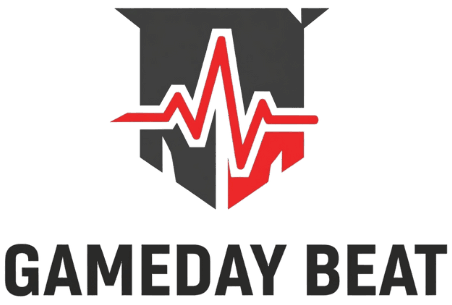

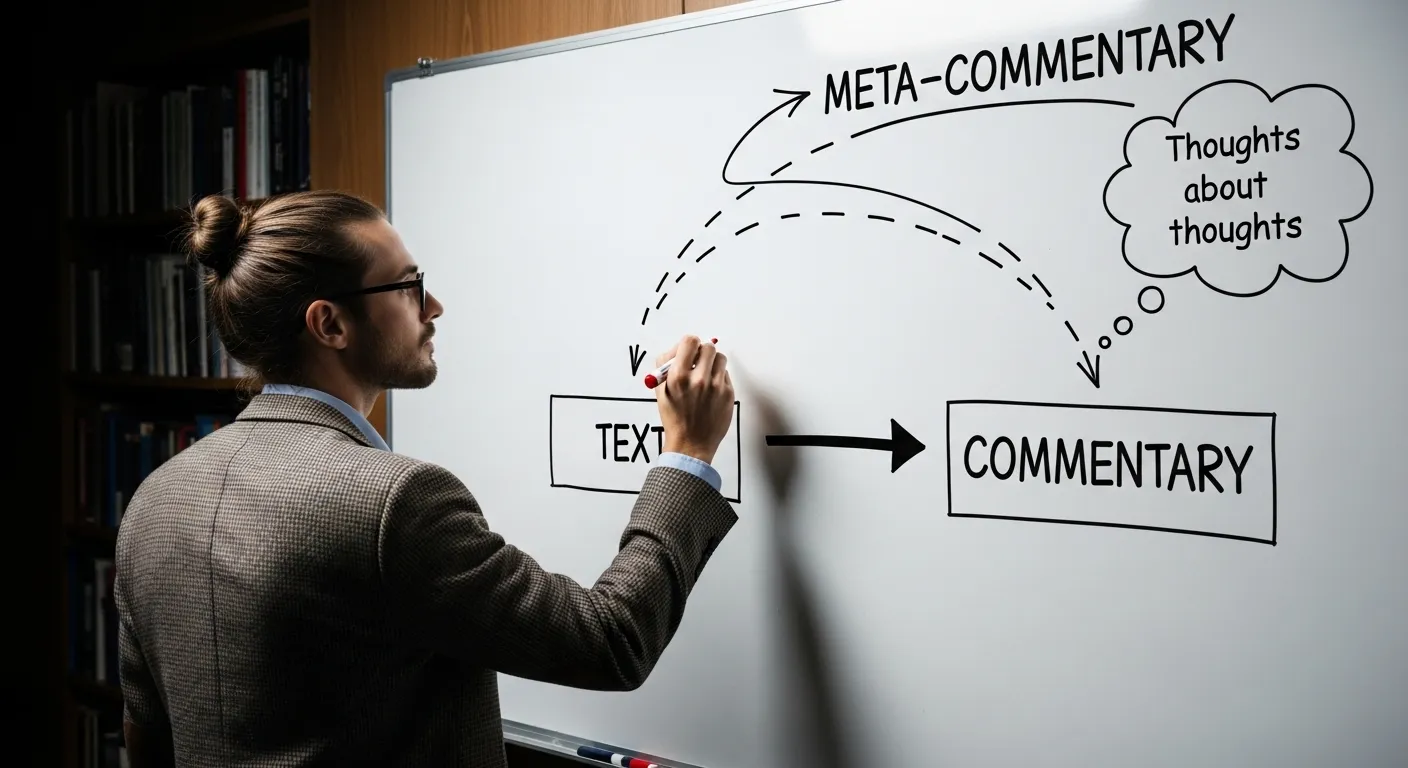
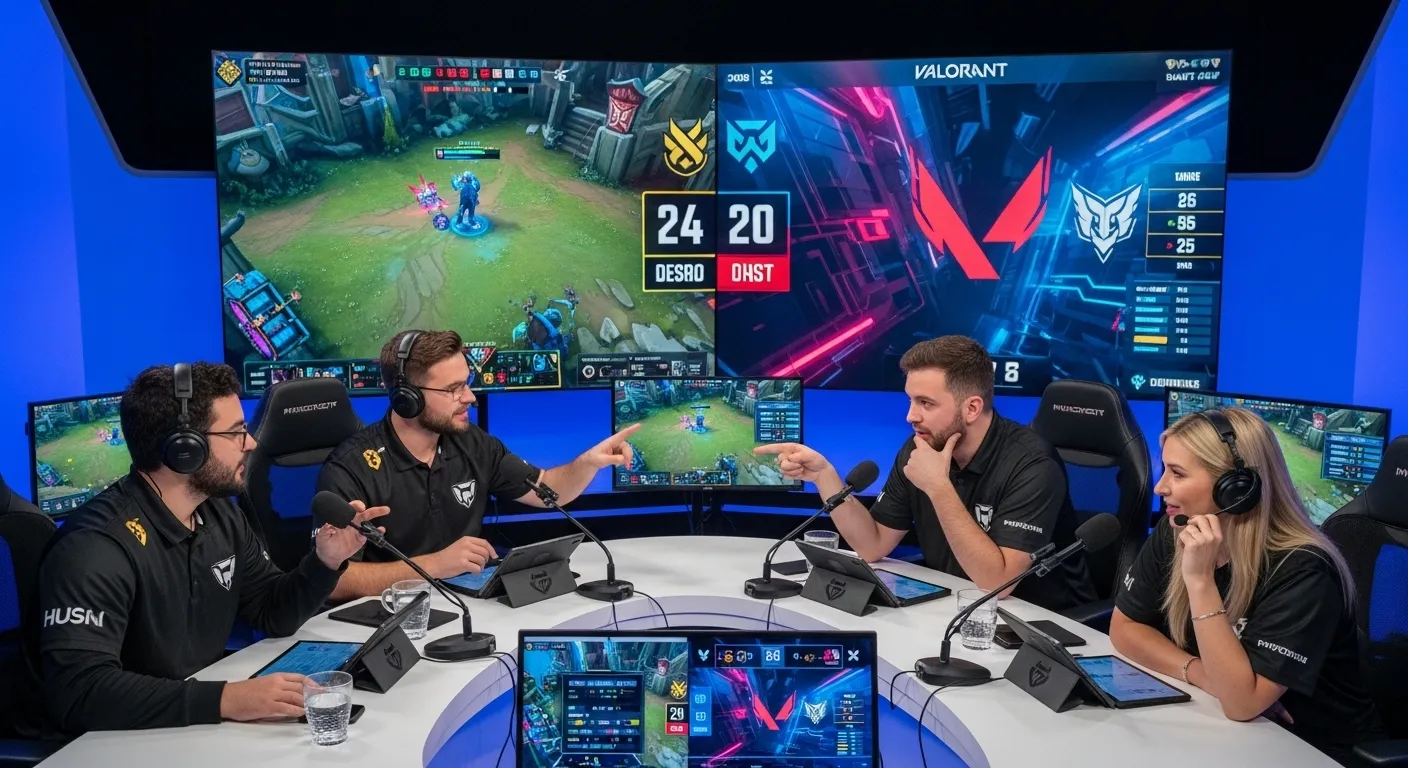
How can commentary driving improve awareness and safety on the road?